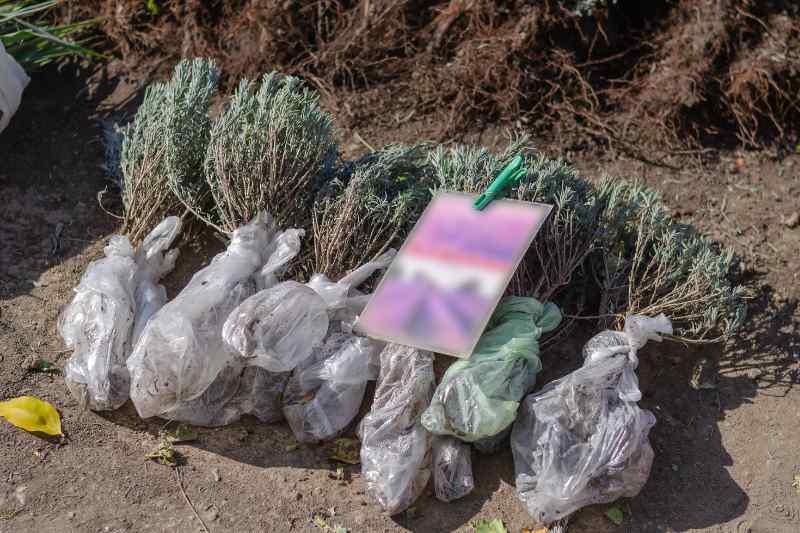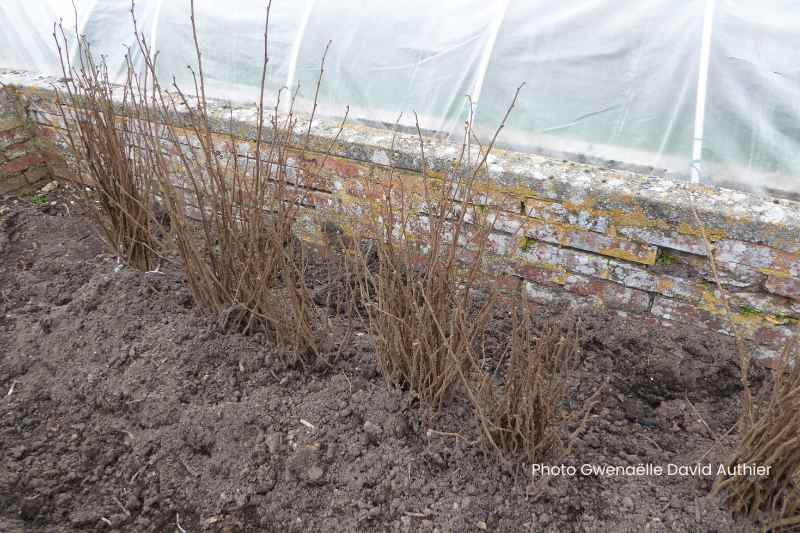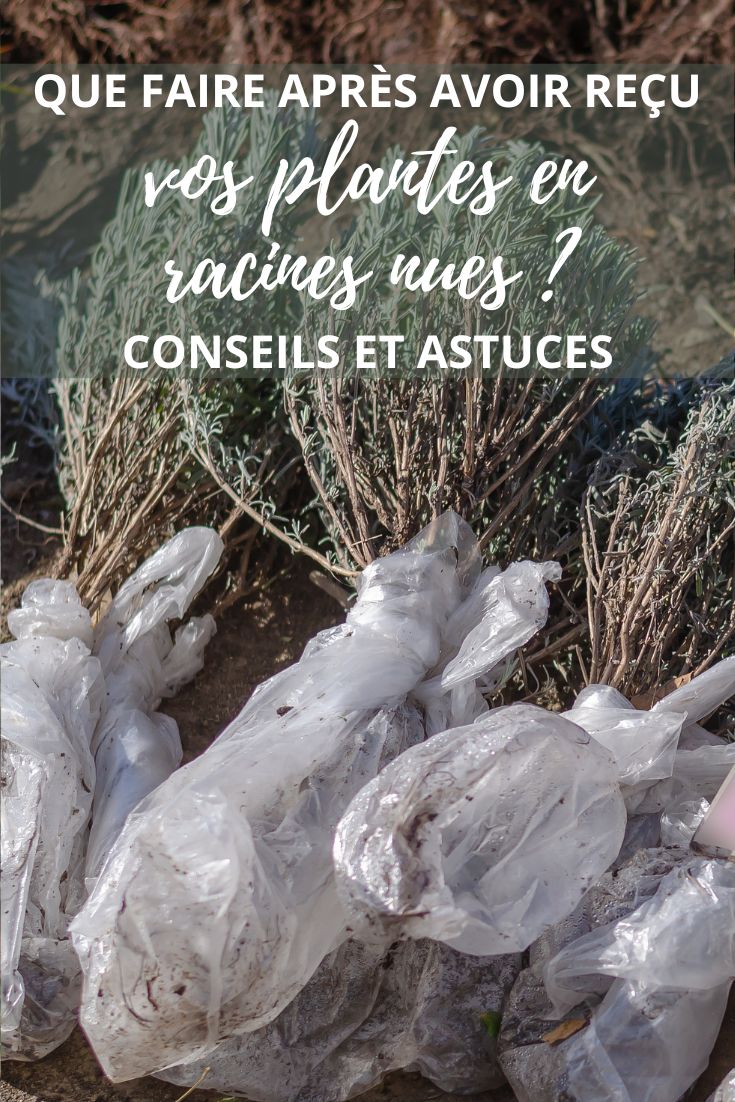Nowadays, bare-root roses and even now bare-root perennials. Receiving bare-root plants is an excellent choice for gardeners, as they are often more economical and establish quickly. However, . Discover our top tips to care for bare-root plants as soon as you receive your parcel.

Opening your parcel
On receipt of your parcel, open it immediately. Bare-root plants are particularly susceptible to dehydration, so it is crucial not to leave them in their packaging for too long. Check that all plants are present and that none were damaged during transit.
Before taking any other action, . It is also a good opportunity to identify each plant, especially if you ordered several different species or varieties.

Checking root condition
Examine roots of each plant carefully. They should be firm, flexible and pale in colour. If you spot suspicious roots, such as soft roots, unusual colouring or signs of mould, this indicates a problem. In that case, contact after-sales service at your nursery without delay.
Rehydrating roots
If roots appear slightly dry or if you want to improve chances of successful establishment, soak them in a bucket of water for 30 minutes up to several hours, depending on condition. This rehydration helps roots regain vigour before planting. Remember that well-hydrated roots establish more easily in soil.
Heeling-in if planting not immediate
Ideally plant as soon as possible. Here are all our tips for planting bare-root trees and bushes and planting bare-root perennials.
But, unfortunately, this is not always possible: bad weather or gardener short on time.
If you cannot plant immediately, it is essential to heel them in to prevent drying out. Choose a shady spot in garden, dig a trench deep enough to lay roots, then cover with fine soil or sand. Water lightly to maintain moisture. This method keeps plants in good condition until final planting.

































Comments